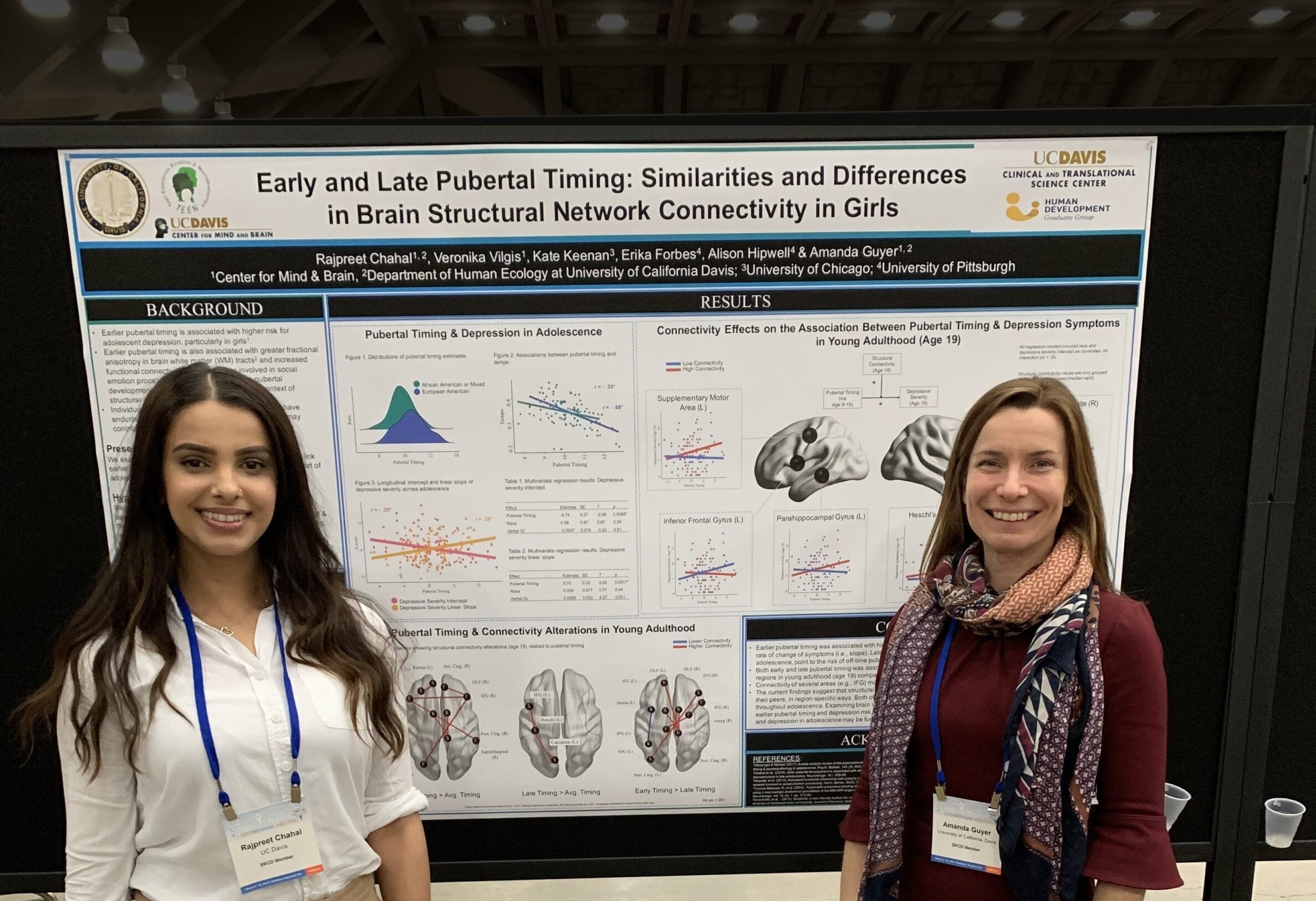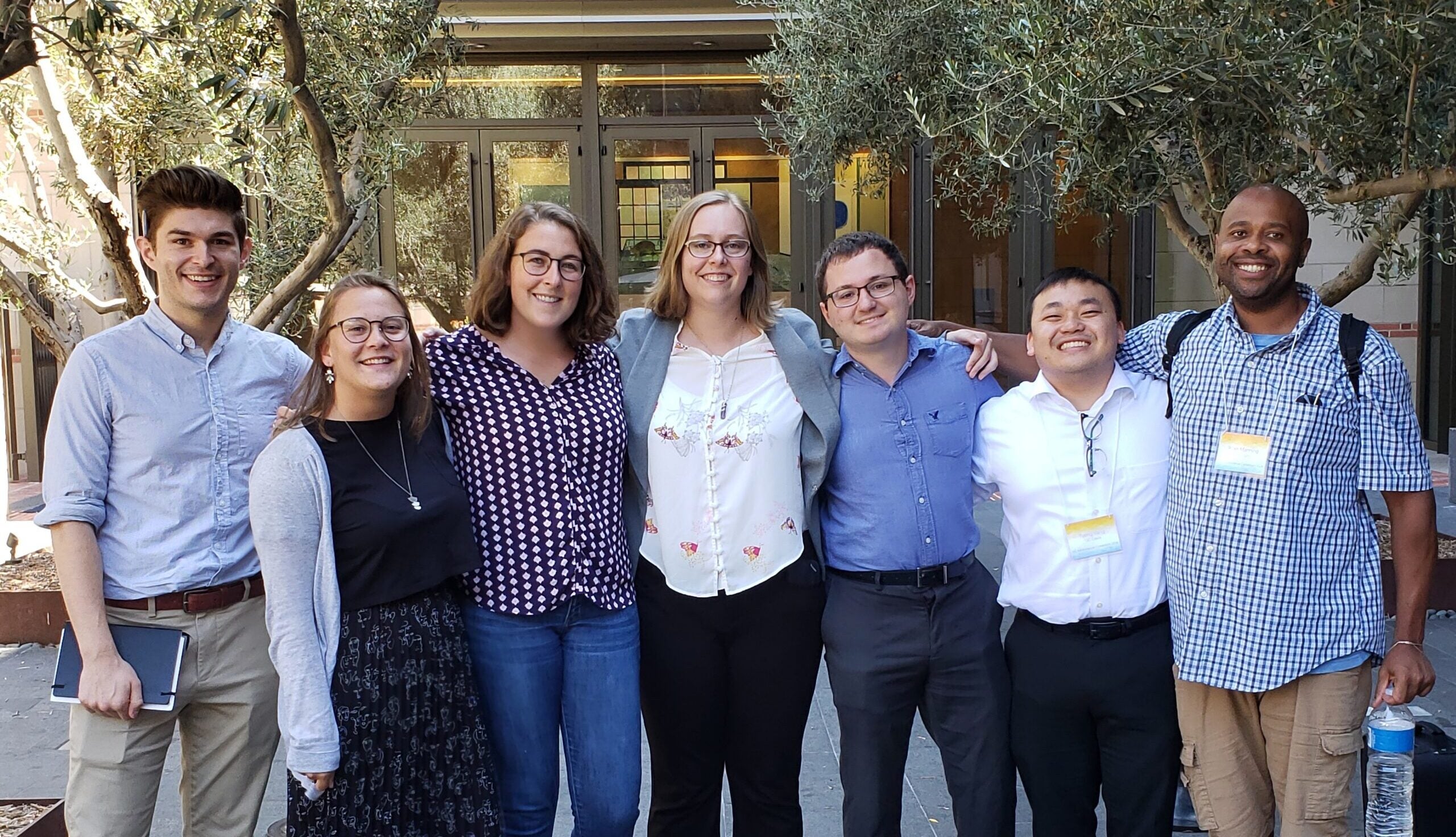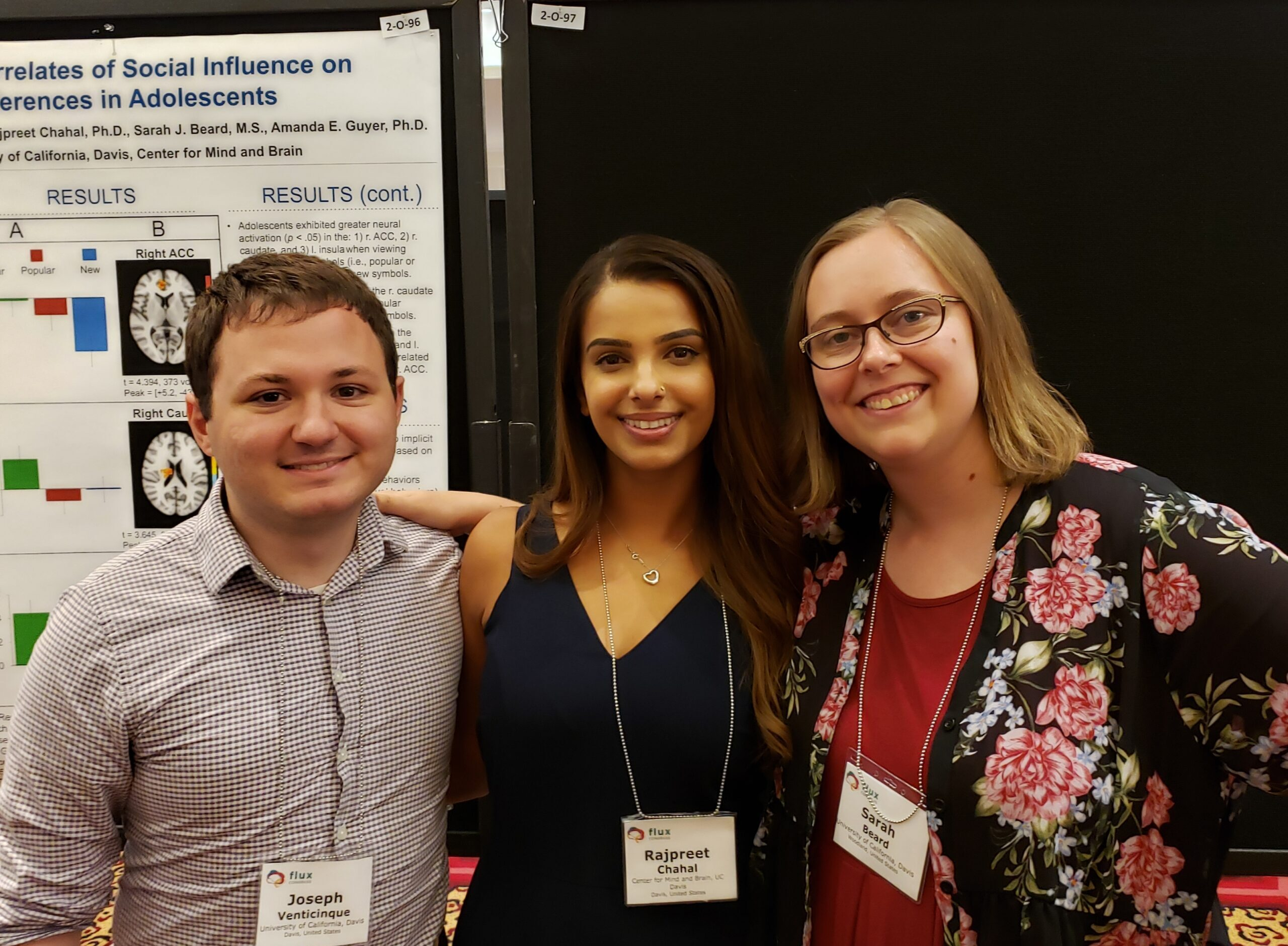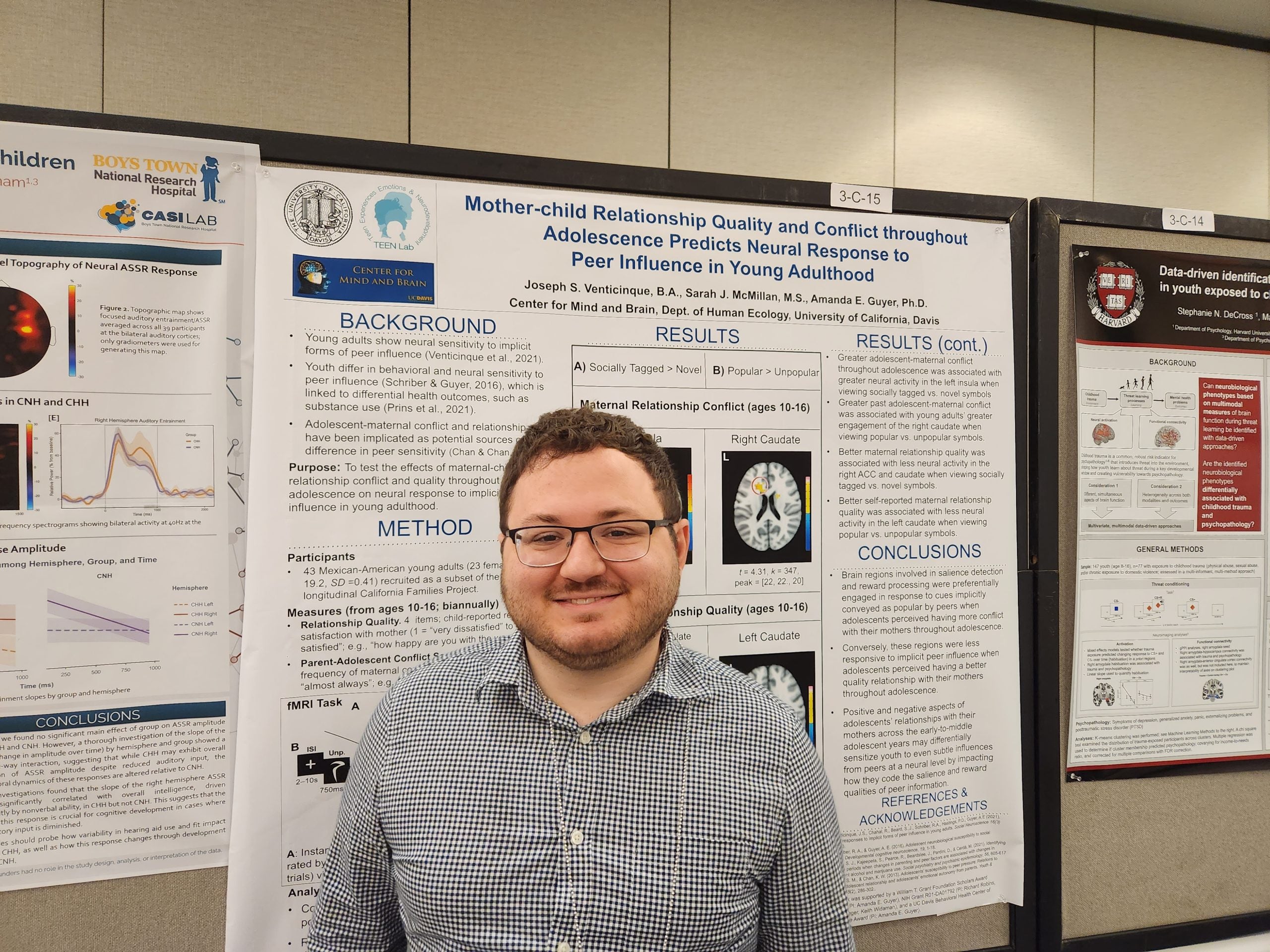Roxann Roberson-Nay, Erin B McClure, Christopher S Monk, Eric E Nelson, Amanda E Guyer, Stephen J Fromm, Dennis S Charney, Ellen Leibenluft, James Blair, Monique Ernst, and Daniel S Pine (2006). Biol Psychiatry, 60(9):966-73.
BACKGROUND: Although major depressive disorder (MDD) represents one of the most serious psychiatric problems afflicting adolescents, efforts to understand the neural circuitry of adolescent MDD have lagged behind those of adult MDD. This study tests the hypothesis that adolescent MDD is associated with abnormal amygdala activity during evocative-face viewing. METHODS: Using functional magnetic resonance imaging (fMRI), between-group differences among MDD (n = 10),anxious (n = 11), and non-psychiatric comparisons (n = 23) were examined during successful vs. unsuccessful face encoding, with encoding success measured post-scan. RESULTS: Compared to healthy adolescents, MDD patients exhibited poorer memory for faces. fMRI analyses accounted for this performance differencethrough event-related methods. In an analysis comparing successful vs. unsuccessful face encoding, MDD patients exhibited greater left amygdala activation relative to healthy and anxious youth. CONCLUSIONS: Given prior findings among adults, this study suggests that adolescent and adult MDD may involve similar underlying abnormalities in amygdala functioning.




